Updated: Oct 11, 2023 By: Dessign Team
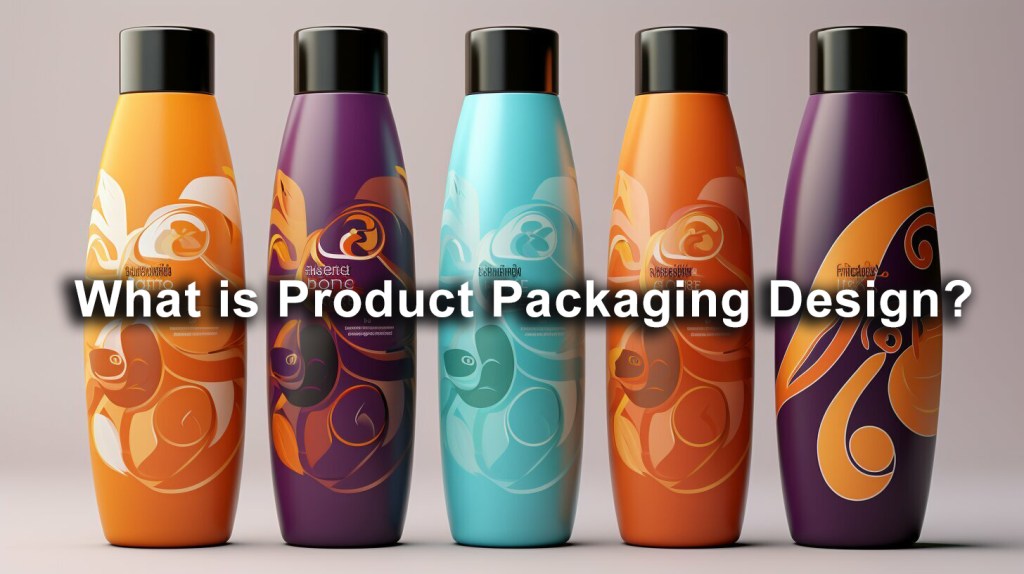
Product packaging design is an integral part of any business, serving as more than just a container for the product. It encompasses the entire process of creating a visually appealing and functional package that not only protects the product inside but also communicates the brand’s identity and resonates with the target consumers.
At its core, packaging design is about capturing the essence of a brand and presenting it in a way that engages and entices consumers. It involves careful consideration of various elements such as color, typography, imagery, and materials to create a package that reflects the brand’s values and connects with its intended audience.
The packaging design process is a meticulous journey that begins with understanding the product, its target market, and the purchasing behavior of consumers. It then moves on to selecting the appropriate type and material of packaging that best suits the product and aligns with the brand’s image.
In addition to the visual aspects, practicality and sustainability are key considerations in packaging design. The package should not only protect the product but also be convenient and easy to use for the consumers. Moreover, there is an increasing emphasis on creating sustainable packaging solutions that minimize waste and have a positive impact on the environment.
Effective packaging design can have a significant impact on consumer behavior. A well-designed package can capture attention, spark curiosity, and ultimately influence purchasing decisions. It serves as a silent communicator, conveying the value and quality of the product to the consumers even before they open it.
With the ever-evolving market trends, packaging design continues to evolve as well. Keeping up with the latest design trends and incorporating them into packaging can help brands stay relevant and stand out in the competitive market.
- Product packaging design goes beyond being a container and plays a pivotal role in attracting customers and conveying brand identity.
- The packaging design process involves understanding the product, selecting the appropriate packaging type and materials, and incorporating design strategies and trends.
- Factors such as product protection, practicality, ease of use, and sustainability are essential considerations in packaging design.
- Effective packaging design can influence consumer behavior, protect the product, communicate brand identity, and enhance the overall consumer experience.
- Staying updated with the latest design trends is crucial in creating packaging that resonates with consumers and stands out in the market.
The Importance of Product Packaging Design
Great product packaging design goes beyond aesthetics; it plays a crucial role in capturing the attention of potential customers. In a crowded marketplace, packaging design serves as a powerful tool to differentiate your brand and attract consumers. It has the ability to create a visual identity that communicates the essence of your product, evoking emotions and establishing a connection with your target audience.
Effective packaging design has the potential to convey your brand’s values and personality, helping consumers understand what your product stands for. It can influence purchasing decisions by creating a memorable and positive first impression. A well-designed package can build trust and credibility, positioning your brand as a reliable choice for customers.
Furthermore, packaging design trends play a significant role in staying relevant and appealing to modern consumers. With the rise of sustainable practices and eco-consciousness, incorporating environmentally friendly materials and designs in your packaging can resonate with consumers who prioritize sustainability. Additionally, keeping up with current design trends helps ensure that your product remains visually appealing and competitive in the marketplace.
Quote:
“Packaging design is the silent salesman on the retail shelf. It is the first point of contact between your brand and the consumer. Make it count.” – John Smith, Packaging Design Expert
By investing in thoughtful and strategic product packaging design, you can create a lasting impact on your target audience. It’s a powerful tool that goes beyond protection and containment; it conveys your brand’s story, influences consumer behavior, and enhances the overall customer experience.
| Benefits of Product Packaging Design: |
|---|
| 1. Differentiates your brand from competitors |
| 2. Builds trust and credibility |
| 3. Creates a memorable first impression |
| 4. Communicates brand values and personality |
| 5. Influences purchasing decisions |
| 6. Aligns with sustainability trends |

In summary, product packaging design plays a crucial role in capturing the attention of potential customers and influencing their purchasing decisions. It goes beyond aesthetics to communicate your brand’s identity, build trust, and create a memorable first impression. By staying up to date with packaging design trends and incorporating sustainable practices, you can effectively engage with your target audience and enhance the overall consumer experience.
The Packaging Design Process
Creating a successful packaging design requires a thorough understanding of the product and target market, as well as a strategic approach. The packaging design process involves several key steps that ensure the final design effectively communicates the brand and appeals to consumers.
Step 1: Research and Concept Development
The first step in the packaging design process is conducting thorough research. This involves understanding the product, its unique selling points, and the target market’s preferences and needs. By gathering insights and conducting competitor analysis, designers can identify opportunities and develop creative concepts that align with the brand’s identity and objectives.
Step 2: Design Strategy and Trends
“Design is the silent ambassador of your brand.”
– Paul Rand
Once the research phase is complete, designers define the packaging design strategy. This includes choosing the right packaging materials, colors, typography, and graphics that reflect the brand’s message and appeal to the target audience. It’s important to stay updated with the latest packaging design trends to ensure the design remains relevant and captivating in a rapidly evolving market.
Step 3: Prototyping and Testing
Before finalizing the design, it’s essential to create prototypes and conduct thorough testing. This allows designers to evaluate the functionality, durability, and visual impact of the packaging design. Feedback from potential consumers can provide valuable insights, helping designers make necessary improvements and adjustments.
Step 4: Production and Implementation
Once the design is approved, it moves into the production phase. At this stage, designers collaborate with manufacturers to bring the packaging design to life. The choice of printing technique, such as offset lithography or digital printing, is determined by factors like budget, desired quality, and time constraints. Attention to detail is crucial to ensure every aspect of the design is accurately translated into the final product.
Creating a visually appealing and effective packaging design involves a meticulous process that combines creativity, research, and strategic thinking. By understanding the product, target market, and current design trends, businesses can create packaging that not only protects the product but also communicates the brand’s identity and enhances the overall consumer experience.
Types of Product Packaging
Product packaging comes in various forms, each offering unique solutions to meet different product requirements. From corrugated packaging to rigid boxes and blister packs, businesses have a wide range of options to choose from. Let’s explore some of the most common types of product packaging:
1. Corrugated Packaging
Corrugated packaging is widely used for shipping and storage purposes. Made from sturdy, lightweight, and eco-friendly materials, it provides excellent protection for products during transportation. Corrugated boxes are available in various sizes and can be customized to fit specific product dimensions.
2. Flexible Packaging
Flexible packaging is a versatile option that includes pouches, bags, and wrappers. It is commonly used for food and beverage products, as well as personal care items. Flexible packaging offers convenience and easy storage while maintaining product freshness and extending shelf life. It is also lightweight and cost-effective.
3. Folding Cartons
Folding cartons are widely used in the retail industry for packaging a variety of consumer goods, including cosmetics, pharmaceuticals, and electronics. They are made from paperboard and can be easily folded for efficient storage and transportation. Folding cartons provide ample space for branding and product information, making them an effective marketing tool.
4. Rigid Boxes
Rigid boxes, also known as set-up boxes, are made from durable materials such as paperboard, chipboard, or wood. They offer a premium unboxing experience and are commonly used for luxury goods such as jewelry, perfumes, and electronics. Rigid boxes can be customized with various finishes, such as embossing, foil stamping, and spot UV, to enhance their visual appeal.
5. Blister Packs
Blister packs consist of a plastic cavity that holds individual products and a backing card for product information and branding. They are commonly used for pharmaceuticals, electronics, and small consumer goods. Blister packs provide product visibility and tamper-proof packaging, ensuring product integrity and enhancing customer confidence.
It is essential for businesses to consider the specific requirements of their products and target market when choosing the right packaging type. By selecting the appropriate packaging design elements and trends, businesses can effectively communicate their brand identity, protect their products, and create a memorable customer experience.
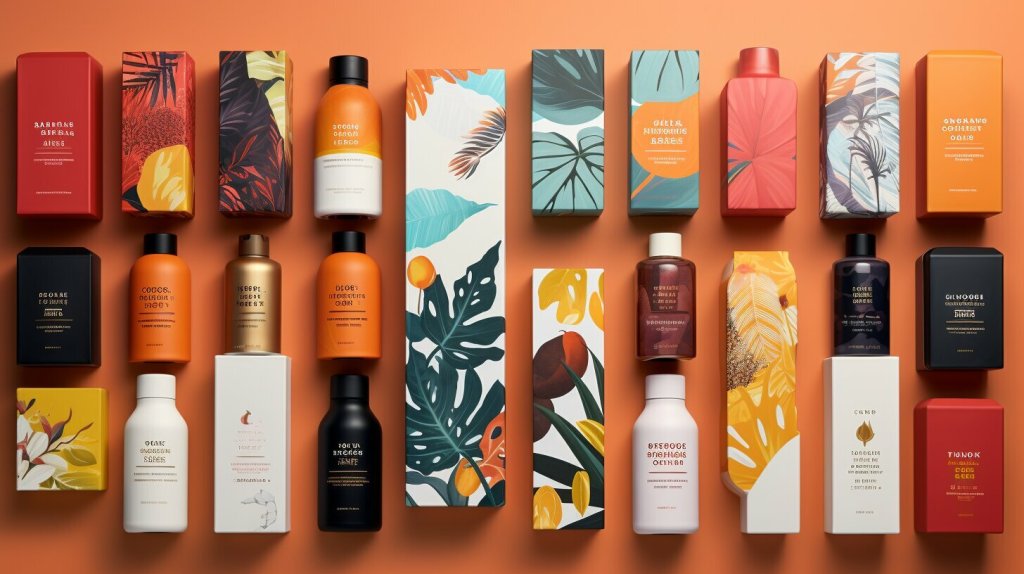
Printing Processes for Packaging
Choosing the right printing process is crucial to achieve the desired visual impact and quality for the packaging design. Various printing techniques are used in the packaging industry, each offering unique advantages and suitability for different types of packaging materials and designs. Let’s explore some of the most common printing processes for packaging:
1. Offset Lithography
Offset lithography is a popular printing method that uses metal plates to transfer the ink onto the packaging material. It is known for its high-quality and consistent results, making it suitable for large-scale production. Offset lithography is particularly ideal for intricate designs and vibrant colors, ensuring accurate and detailed reproduction.
2. Flexography
Flexography, also known as flexo printing, utilizes flexible relief plates made of rubber or photopolymer to transfer the ink. This printing process is commonly used for flexible packaging materials such as plastic films, paper, and foils. Flexography offers excellent printing speed and is cost-effective for high-volume production.
3. Gravure
Gravure printing involves etching the image onto a cylinder, which is then filled with ink and pressed onto the packaging material. This technique is known for its exceptional color reproduction and sharp details, making it suitable for high-end packaging designs. Gravure printing is often used for products that require a luxurious and premium appearance.
4. Screen Printing
Screen printing, also known as silk screen printing, uses a mesh stencil to transfer the ink onto the packaging material. It is a versatile printing process that can be used on various materials, including glass, plastic, metal, and paper. Screen printing allows for bold and opaque colors, making it ideal for designs that require a strong visual impact.
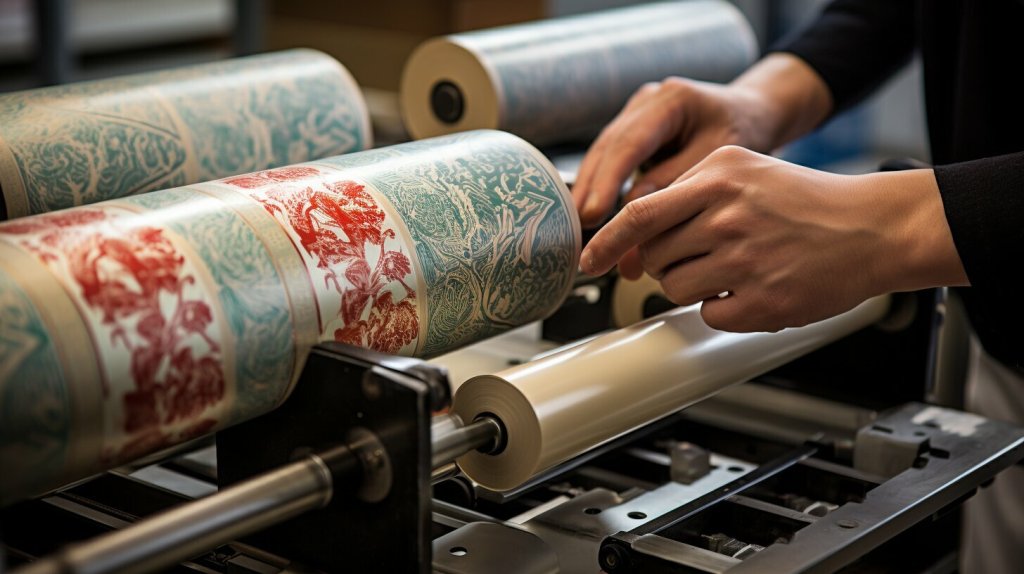
These are just a few examples of printing processes commonly used in packaging design. It is essential to consider factors such as the desired visual effect, budget, and packaging material when selecting the appropriate printing technique. By choosing the right printing process, businesses can ensure that their packaging design stands out, effectively communicates brand identity, and attracts customers.
| Printing Process | Advantages | Disadvantages |
|---|---|---|
| Offset Lithography | High-quality and consistent results, suitable for intricate designs and vibrant colors | Higher setup costs and longer production time |
| Flexography | Fast printing speed, cost-effective for high-volume production | Limited color options and less fine detail reproduction compared to offset lithography |
| Gravure | Exceptional color reproduction and sharp details, ideal for high-end packaging designs | Higher setup costs and longer production time |
| Screen Printing | Versatile printing process, suitable for various materials and offers bold and opaque colors | Slower production speed for large-scale production |
Factors to Consider in Packaging Design
Effective packaging design takes into account various factors to create a functional and impactful packaging solution. When designing packaging, it is important to consider the product’s unique attributes and requirements, as well as the target market and consumer preferences. Here are some key factors to consider:
1. Product Protection
The primary function of packaging is to protect the product during transportation, handling, and storage. It is crucial to choose packaging materials that can withstand potential hazards, such as impact, moisture, temperature changes, and tampering. Additionally, incorporating features like cushioning, seals, and barriers can further enhance the product’s safety and integrity.
2. Practicality and Ease of Use
Convenience is a significant consideration in packaging design. Ensuring that the packaging is easy to open, close, and handle improves the overall user experience. Factors such as ergonomics, functionality, and intuitive design can make a substantial difference in consumer satisfaction. Simple instructions or labels that guide product use can also contribute to a positive user experience.
3. Sustainability
In today’s environmentally conscious world, sustainable packaging design is crucial. Choosing materials that are recyclable, biodegradable, or made from renewable resources can minimize the environmental impact. Additionally, optimizing packaging size and weight can reduce waste and transportation costs. Incorporating eco-friendly practices throughout the product packaging lifecycle is not only beneficial for the environment but also enhances brand reputation and consumer perception.
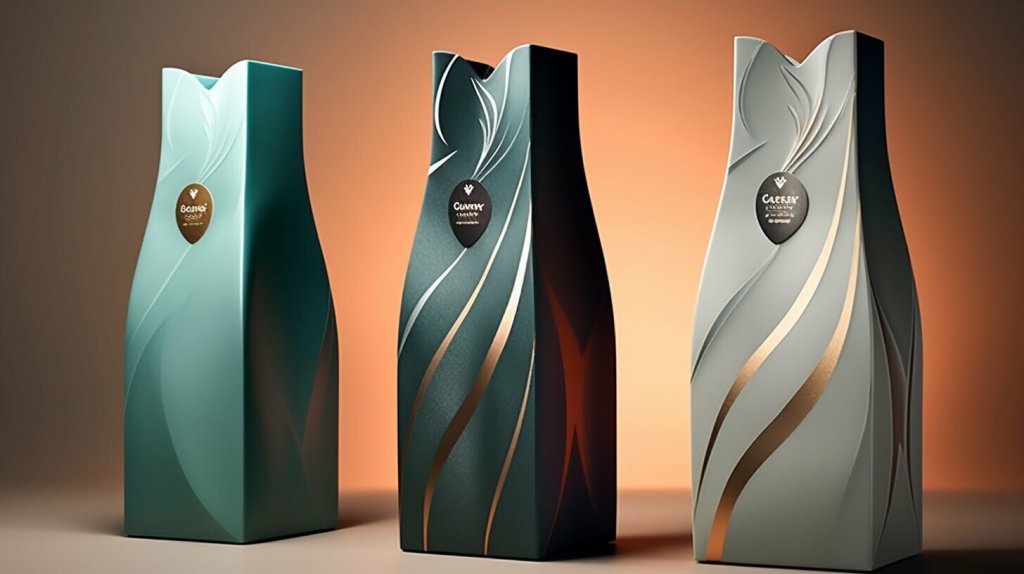
By considering these factors and customizing packaging design to meet specific needs, businesses can create packaging that not only protects the product but also resonates with consumers. Remember, effective packaging design can elicit emotional responses, communicate brand values, and leave a lasting impression on customers.
Stay tuned for the next section, where we will explore how packaging design plays a critical role in creating a visual identity that aligns with the brand and attracts customers.
Creating a Visual Identity through Packaging Design
Packaging design is an opportunity to express and reinforce the brand’s identity, making it stand out in a competitive market. It goes beyond being a mere container and plays a pivotal role in attracting customers and leaving a lasting impression. By combining key design elements, such as color, typography, and imagery, packaging can communicate the brand’s values and personality.
A well-designed package not only catches the consumer’s eye but also tells a story. It creates a connection with the customer, evoking emotions and building brand loyalty. For example, a sleek and minimalist design can convey a sense of sophistication and luxury, while vibrant colors and playful illustrations can appeal to a younger audience.
When considering packaging design, it is important to keep in mind the target market and consumer preferences. By understanding the purchasing behavior and preferences of the target audience, brands can create packaging that resonates with their potential customers. This could involve incorporating sustainable materials and eco-friendly designs for environmentally conscious consumers or creating packaging that is practical and convenient for busy, on-the-go individuals.
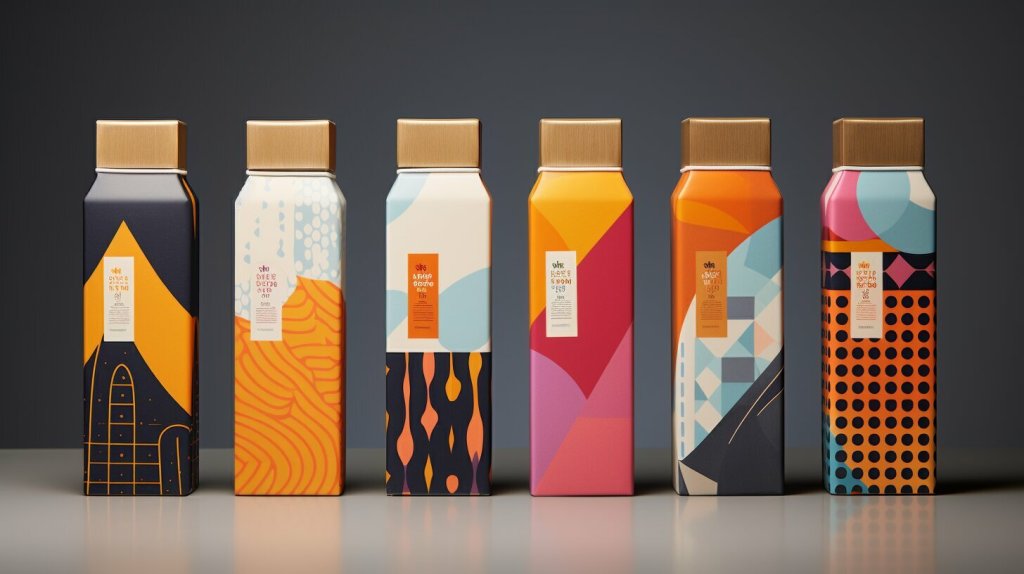
Furthermore, packaging design can be enhanced by incorporating innovative techniques and trends. For example, embossing, foiling, and spot UV finishes can add a touch of elegance and sophistication to the packaging. Incorporating interactive elements, such as QR codes or augmented reality features, can also engage and captivate customers, providing them with a unique and memorable experience.
In conclusion, packaging design is a powerful tool that can help businesses differentiate themselves from their competitors. By creating a visual identity that aligns with the brand and resonates with the target audience, packaging design can enhance brand recognition, attract customers, and ultimately contribute to the success of a product in the market.
The Impact of Packaging Design on Consumer Behavior
The visual appeal and functionality of packaging design can significantly impact a consumer’s purchasing decision and perception of the brand. When a product is displayed on a store shelf or online, the packaging design is the first thing that catches the consumer’s attention. It serves as a powerful tool to convey the brand’s personality, values, and quality.
Studies have shown that consumers are more likely to choose a product with eye-catching packaging over a plain or generic one. A well-designed package can create a positive first impression, evoke emotions, and create a sense of trust and reliability. On the other hand, a poorly designed or confusing packaging can lead to a negative perception of the product and brand.
Furthermore, packaging design can influence consumer behavior by communicating important information about the product. Clear and concise labels, nutritional facts, and product descriptions provide consumers with the information they need to make informed decisions. Packaging design can also play a role in shaping consumer expectations. For example, luxurious packaging can create the perception of a high-quality and premium product, while eco-friendly packaging can appeal to environmentally conscious consumers.
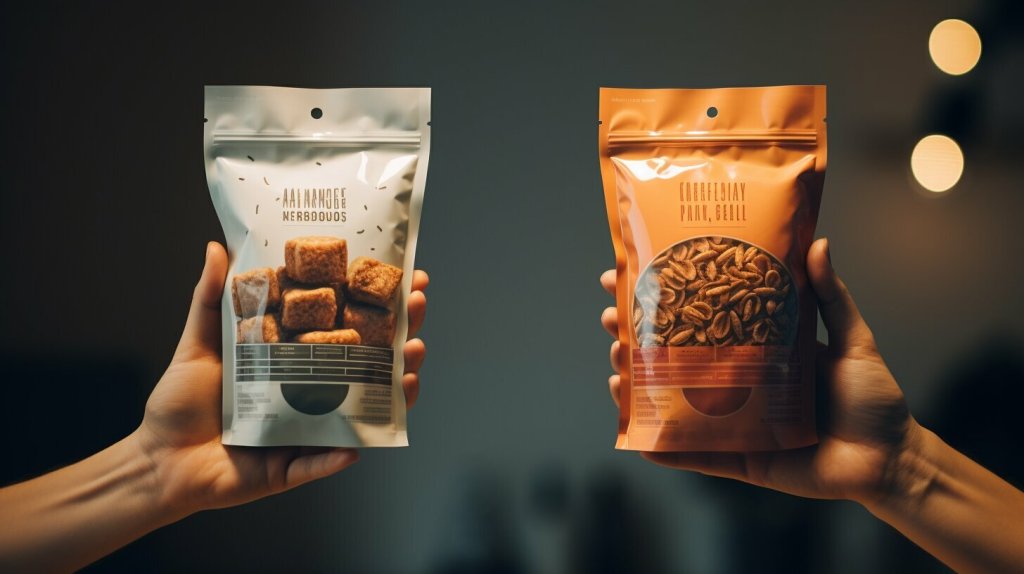
In conclusion, packaging design goes beyond being a simple container. It has the power to captivate consumers, communicate brand values, and influence purchasing decisions. Businesses must invest in well-thought-out packaging design strategies to create a strong visual identity and enhance the overall consumer experience.
Protecting the Product through Packaging Design
Packaging design serves as a shield for the product, ensuring its integrity and safety throughout the supply chain. This crucial aspect of the packaging design process involves selecting the appropriate packaging materials and creating a design that not only attracts customers but also safeguards the product from damage, contamination, and tampering.
When it comes to protecting the product, there are several factors to consider. Firstly, the packaging must be sturdy and durable enough to withstand the rigors of transportation and handling. This is particularly important for fragile or perishable items that require extra care. For example, using corrugated packaging for delicate electronics or temperature-controlled packaging for food products can provide the necessary protection.
| Type of Packaging | Product Category |
|---|---|
| Corrugated Packaging | Electronics, fragile items |
| Flexible Packaging | Snack foods, beverages |
| Folding Cartons | Cosmetics, pharmaceuticals |
| Rigid Boxes | Luxury goods, gift items |
| Blister Packs | Pharmaceuticals, consumer electronics |
Furthermore, packaging design should incorporate features that prevent tampering and ensure the product’s authenticity. These can include tamper-evident seals, holographic labels, or QR codes that allow consumers to verify the product’s origin and authenticity.
Ultimately, effective packaging design not only protects the product but also instills confidence in consumers. When customers feel assured that a product has been carefully packaged and protected, they are more likely to trust the brand and make repeat purchases. Therefore, product packaging design plays a crucial role in building brand loyalty and enhancing the overall consumer experience.
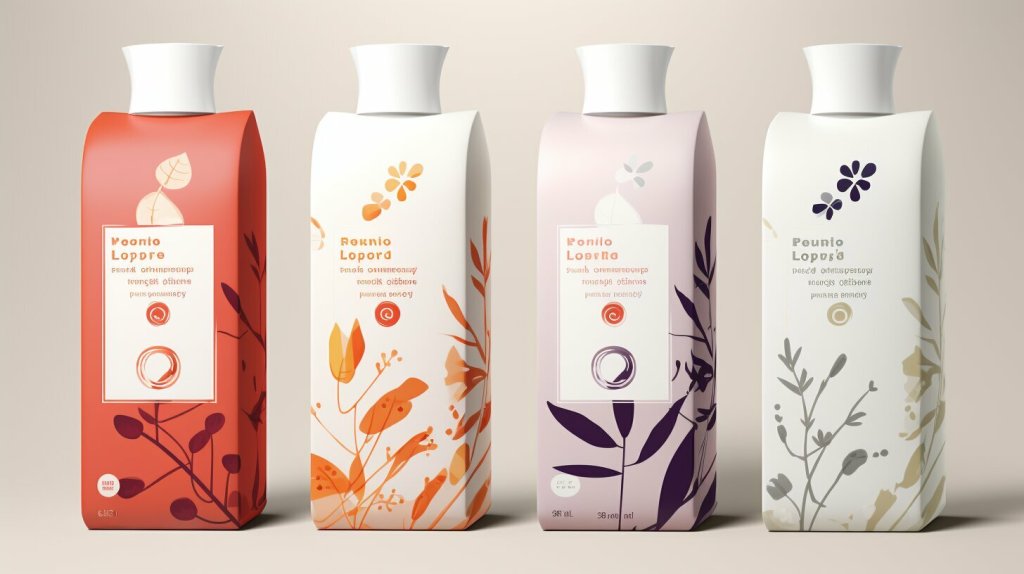
By prioritizing product protection through packaging design, businesses can ensure that their products reach customers in the best possible condition, creating a positive impression and increasing the chances of customer satisfaction. A well-designed package not only safeguards the product but also communicates the brand’s commitment to quality and customer satisfaction, helping to differentiate it from the competition.
The Role of Packaging Design in Enhancing Customer Experience
Thoughtfully designed packaging can enhance the customer’s interaction with the product, leaving a lasting impression. It goes beyond the functional aspects of protecting and containing the product. Packaging design plays a crucial role in creating a memorable experience for consumers.
One way packaging design enhances customer experience is through visual storytelling. Brands can use packaging as a canvas to convey their story, values, and identity. Eye-catching graphics, colors, and typography can grab the attention of consumers and communicate the essence of the brand. Incorporating unique design elements and materials can also create a sense of luxury or exclusivity, elevating the overall perceived value of the product.
Furthermore, packaging design can enhance the practicality and convenience of the product. The use of innovative structural design and functional elements can make it easier for consumers to use and store the product. For example, incorporating handles, resealable closures, or easy-to-open features can improve the overall user experience and make the product more user-friendly.
Finally, sustainable packaging design is gaining importance in enhancing the customer experience. Consumers are now more conscious of the environmental impact of packaging materials. By using eco-friendly materials and adopting sustainable practices, brands can align themselves with the values of environmentally conscious consumers. This not only enhances the brand’s reputation but also creates a positive emotional connection with customers, who appreciate brands that prioritize sustainability.
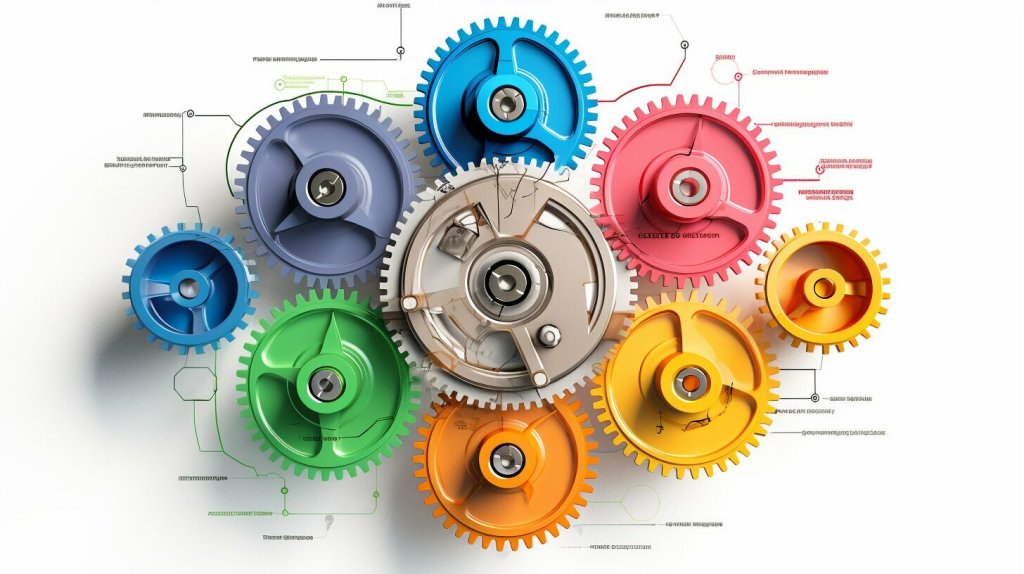
In conclusion, packaging design plays a crucial role in enhancing the customer experience. It goes beyond functionality and protection, capturing the attention of consumers, conveying brand identity, and creating a lasting impression. By incorporating visual storytelling, practicality, and sustainability, packaging design can truly elevate the overall customer experience and contribute to the success of a brand.
Conclusion
Product packaging design plays a vital role in attracting customers, conveying brand identity, and ensuring a memorable customer experience. It goes beyond being a mere container, as it serves as the first point of contact between a product and its potential buyer. The packaging design process involves careful consideration of factors such as selecting the appropriate type and material of packaging, incorporating design elements that align with current trends, and employing printing processes that enhance the overall aesthetics.
Effective packaging design not only captures the attention of consumers but also conveys the essence of a brand. It creates a visual identity that resonates with the target market and helps build brand loyalty. By protecting the product from damage, contamination, and tampering, packaging design ensures that the product reaches the consumer in its intended condition. Additionally, it enhances the overall customer experience, from the moment of purchase to the exciting unboxing moment.
As businesses strive to stand out in a competitive market, the importance of packaging design cannot be understated. It has the power to influence consumer behavior, shape purchasing decisions, and create a lasting impression. By understanding the product, the target market, and the current trends, businesses can design packaging that not only appeals to consumers but also communicates the brand’s values and personality.
To achieve success in product packaging design, it is crucial to consider factors such as product protection, practicality, and sustainability. By incorporating these elements into the design process, businesses can create packaging that not only showcases the product effectively but also aligns with their environmental and social responsibilities. In today’s fast-paced consumer world, packaging design is an essential tool that businesses can leverage to differentiate themselves and leave a lasting impression on their customers.
FAQ
What is product packaging design?
Product packaging design refers to the process of creating an attractive and functional packaging for a product. It involves selecting the type and material of packaging, incorporating design elements that align with brand identity, and considering factors such as product protection and sustainability.
Why is product packaging design important?
Product packaging design is important because it plays a crucial role in attracting customers, conveying brand identity, and influencing consumer behavior. It can make a product stand out on store shelves, communicate the value and quality of the product, and create a memorable experience for customers.
What is the packaging design process?
The packaging design process involves several steps, including understanding the product, target market, and purchasing behavior, selecting the type and material of packaging, incorporating design elements, choosing printing processes, and ensuring the packaging protects the product and is practical for use.
What are the different types of product packaging?
There are various types of product packaging, including corrugated packaging, flexible packaging, folding cartons, rigid boxes, and blister packs. Each type offers different solutions for packaging different product categories, depending on factors such as durability, flexibility, and visual appeal.
What printing processes are used for packaging design?
Printing processes used for packaging design include offset lithography, flexography, gravure, screen printing, and digital printing. Each process has its advantages and is chosen based on factors such as cost, quality, and the desired printing effects.
What factors should be considered in packaging design?
Factors to consider in packaging design include product protection, practicality and ease of use, and sustainability. Packaging should be designed to protect the product from damage, contamination, and tampering, while also being convenient for consumers to use and dispose of responsibly.
How can packaging design create a visual identity?
Packaging design can create a visual identity by incorporating design elements that align with the brand, such as color schemes, logos, and typography. Consistency in visual elements across packaging helps consumers recognize and connect with the brand, enhancing brand loyalty.
How does packaging design influence consumer behavior?
Packaging design can influence consumer behavior by capturing attention, conveying product benefits, and creating an emotional connection. Well-designed packaging can impact purchase decisions, evoke positive associations with the brand, and encourage repeat purchases.
How does packaging design protect the product?
Packaging design plays a crucial role in protecting the product from damage, contamination, and tampering. It ensures the product reaches consumers in the same condition as when it left the production facility, maintaining its quality and integrity.
How does packaging design enhance the customer experience?
Packaging design enhances the customer experience by creating an engaging and memorable interaction with the product. From the moment of purchase to product unboxing, well-designed packaging can evoke positive emotions, reinforce brand value, and make the overall experience more enjoyable for customers.